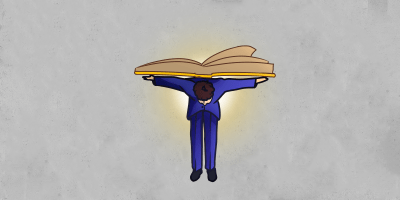
Growing up, I heard all sorts of stereotypes about left-handed people. Some say we are more likely to experience accidents or live shorter lives. Others say we are more likely to be imaginative, bright, or artistic.
The majority of these stereotypes, however, are not supported by evidence, and the talents and health outcomes of people who are left-handed are not different from that of right-handed.
Left-handedness tends to run in families and is thought to have a genetic component. My parents are both lefties, but they write with their right hands and I often wondered why.
Historically, left-handedness was often viewed negatively and left-handed children were sometimes forced to switch to using their right hand. In ancient Egypt, left-handed people were believed to be cursed and in medieval Europe, left-handed people were thought to be in league with the devil. Later on, it was often associated with negative traits such as clumsiness or rebelliousness.
Scientific research has shown that left-handedness is a natural variation in human populations and that forcing left-handed children to switch to using their right hand can cause harm and impede their development. The practice of “correcting” left-handedness was common until the 20th century, and it is still practiced in some cultures even today.
It was important for children to conform to societal norms. In many traditional societies, including Armenia, left-handed children were not only forced to switch to using their right hand but also there were other physical restraints, such as tying their left hand behind their back. This was thought to be necessary in order to conform to societal norms and to prevent left-handed children from experiencing difficulties in their future lives.
However, this was never supported by scientific evidence and it could have caused significant problems such as lack of coordination and difficulties in writing.
Left-handedness has always been less common. In fact, left-handed people make up approximately 10 percent of the population and it is more common in men than in women. Most societies have abandoned the practice of forcing left-handed children to switch hands. Instead, left-handed children are encouraged to use their left hand in a way that feels most comfortable for them.
It is important to note that left-handed people are not inherently different from right-handed people and should not be discriminated against or forced to conform to societal expectations. Everyone should be allowed to use their dominant hand and should be supported in their natural preferences.












